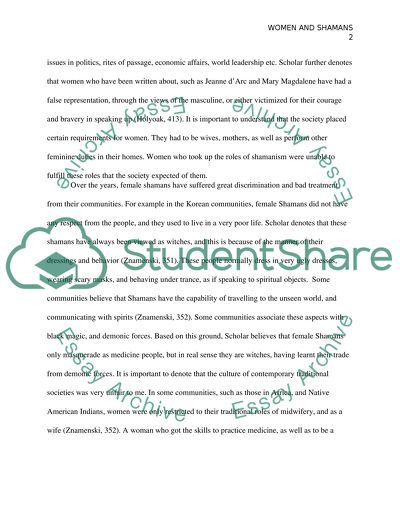Cite this document
(“Women in Shamanism Research Paper Example | Topics and Well Written Essays - 1250 words”, n.d.)
Retrieved from https://studentshare.org/religion-and-theology/1643894-women-in-shamanism
Retrieved from https://studentshare.org/religion-and-theology/1643894-women-in-shamanism
(Women in Shamanism Research Paper Example | Topics and Well Written Essays - 1250 Words)
https://studentshare.org/religion-and-theology/1643894-women-in-shamanism.
https://studentshare.org/religion-and-theology/1643894-women-in-shamanism.
“Women in Shamanism Research Paper Example | Topics and Well Written Essays - 1250 Words”, n.d. https://studentshare.org/religion-and-theology/1643894-women-in-shamanism.


